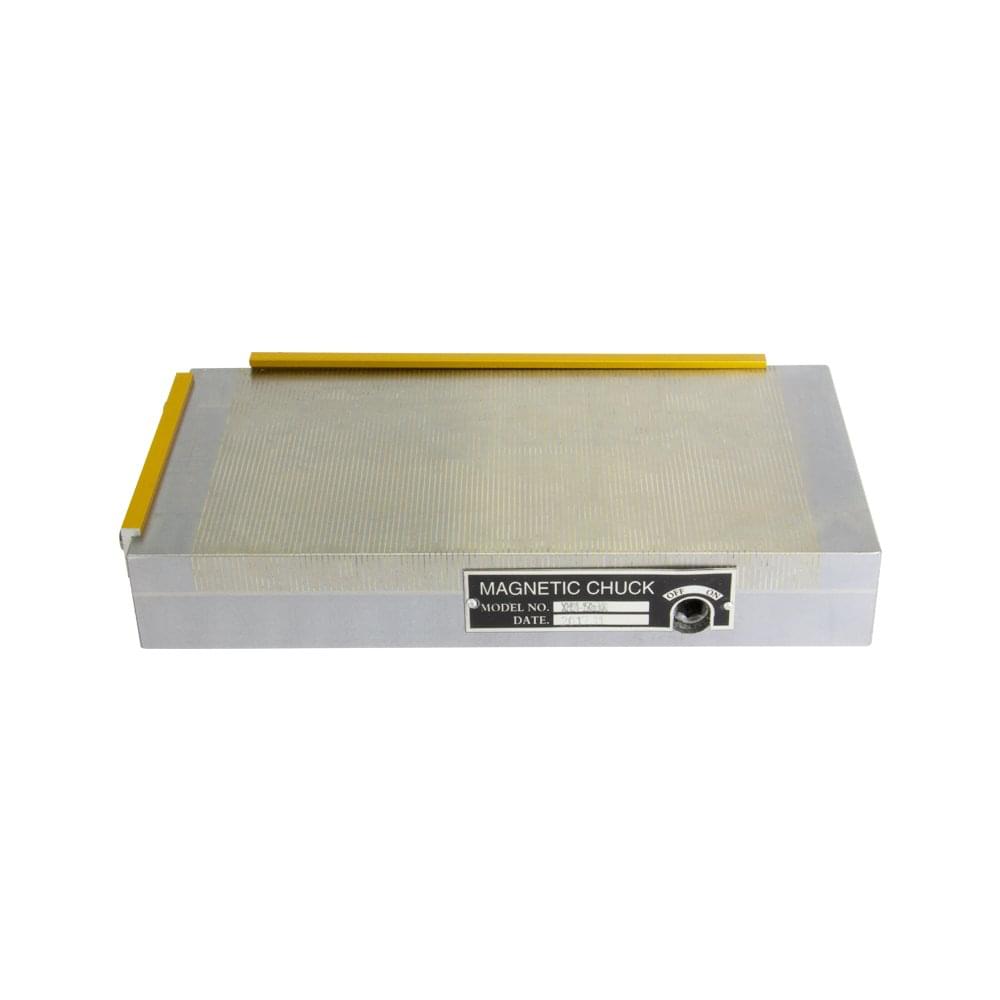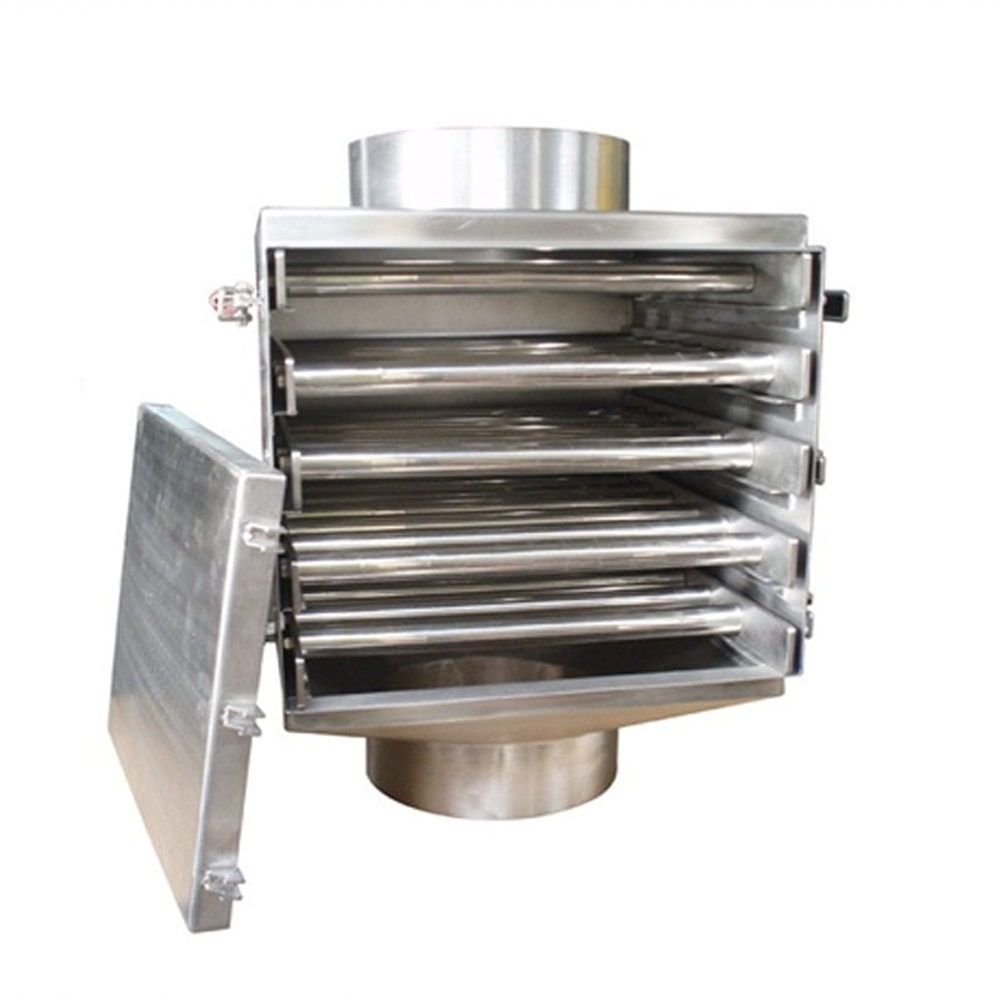High-power magnets, such as neodymium (rare earth) magnets, are essential tools in industries ranging from manufacturing to medical imaging. Their incredible strength makes them valuable, but also potentially hazardous. Whether you’re using them in a lab, workshop, or industrial setting, understanding and following safety protocols is critical to prevent injury and equipment damage.
Why High-Power Magnets Can be Dangerous
Unlike ordinary refrigerator magnets, high-power magnets can exert significant attractive forces over long distances. This means they can snap together with enough force to crush fingers, shatter on impact, or damage sensitive electronics. Mishandling them can result in:
- Severe pinching injuries
- Flying debris from broken magnets
- Damage to electronic devices
- Interference with medical implants like pacemakers
1. Use Personal Protective Equipment (PPE)
To ensure personal safety, you should wear:
- Safety goggles to protect your eyes from shattering magnets.
- Heavy-duty gloves to reduce the risk of pinching and improve grip.
- Protective clothing to minimize injury if magnets snap together near the body.
2. Handle With Controlled Movements
Never let high-power magnets slam together or approach each other rapidly. Always:
- Move them slowly and deliberately.
- Use a non-magnetic spacer (like plastic or wood) when separating or storing them.
- Avoid letting them “jump” from a distance – they can accelerate and collide with surprising force.
3. Work in a Clean, Organised Space
Keep the workspace:
- Clear of metal objects that could be pulled into the magnetic field.
- Free of other magnets unless necessary for the task.
- Non-metallic surfaces are preferred (plastic, wood, or rubberised mats).
4. Maintain a Safe Distance from Electronics and Implants
Magnets can:
- Wipe data from hard drives, SD cards, or credit cards.
- Interfere with pacemakers and other implanted medical devices. Always maintain a safe buffer zone (at least 12–18 inches) from any sensitive equipment or individuals with medical implants.
5. Transport and Store Magnets Safely
Use:
- Shielded containers or packaging designed for high-power magnets.
- Labels indicating magnetic contents for awareness.
- Storage protocols that keep magnets separated and immobilised.
6. Train and Supervise Users
Anyone handling high-power magnets should:
- Be trained on proper handling techniques.
- Know emergency procedures in case of injury.
- Be supervised if they are new to working with strong magnets.
7. Dispose of Damaged Magnets Properly
Cracked or chipped magnets can splinter, creating sharp edges and unpredictable fields. If a magnet is damaged:
- Do not use it.
- Dispose of it following manufacturer or local hazardous waste guidelines.
8. Implement sufficient training
If you are managing of staff of employees who’re regularly working with high-power magnets, you may need to conduct a training programme in order to safeguard workers and yourself. This could be something as simple as an online course to deliver the relevant information to those who need it.
High-power magnets offer immense utility across scientific, industrial, and even everyday applications. Their strength allows for compact, efficient designs and powerful performance—but that same strength can quickly become dangerous if underestimated. What makes these magnets so useful also makes them hazardous in untrained or careless hands.
Following strict safety protocols isn’t just a matter of compliance; it’s a proactive commitment to workplace safety, injury prevention, and operational integrity. Pinching injuries, broken bones, and equipment damage are common outcomes when high-power magnets are treated casually or handled improperly.
By educating everyone who works with or around these magnets, supplying the right protective gear, maintaining a well-organised and hazard-free environment, and enforcing thoughtful handling practices, you significantly reduce the risk of harm. You also foster a culture of accountability and professionalism, which is crucial in any setting that deals with powerful tools or materials.
Whether you’re managing a manufacturing line, a research lab, or a small workshop, integrating magnet safety into your broader safety policy shows foresight and care—for your team, your tools, and your reputation.
High-power magnets are incredible allies, but only when you handle them with the knowledge and respect they demand.


